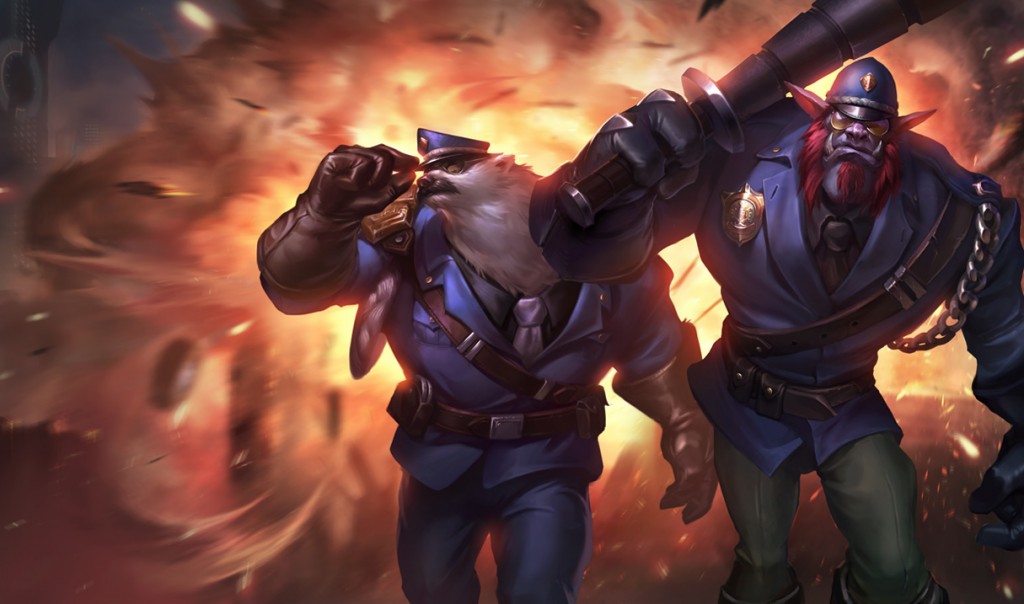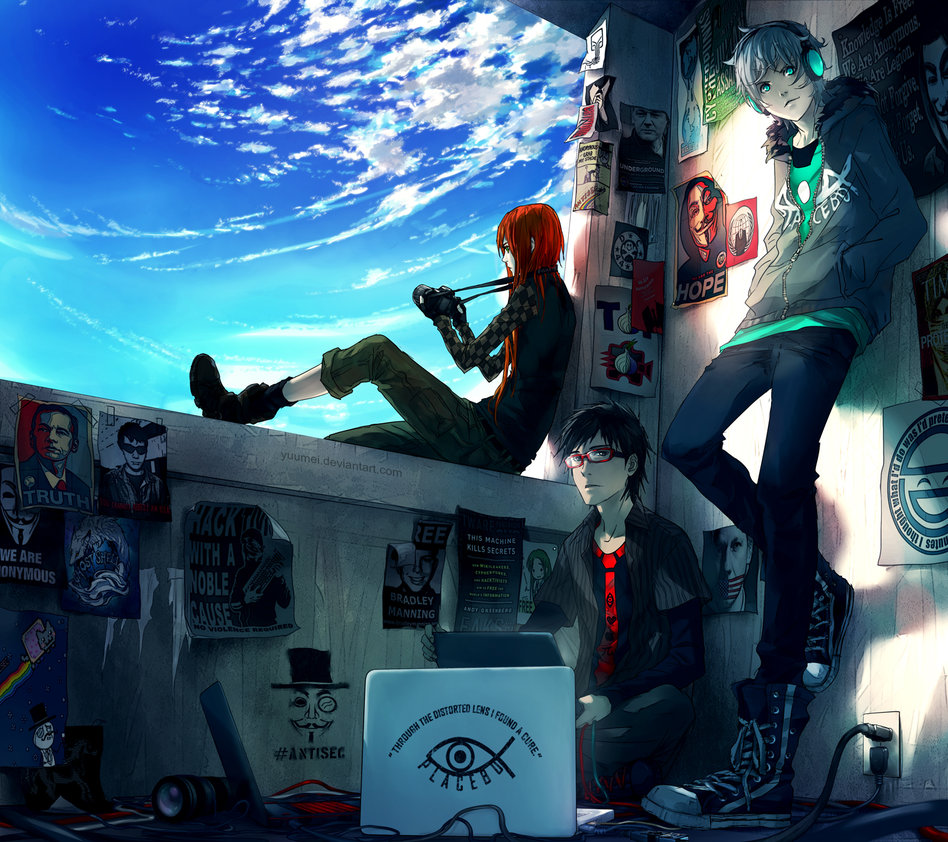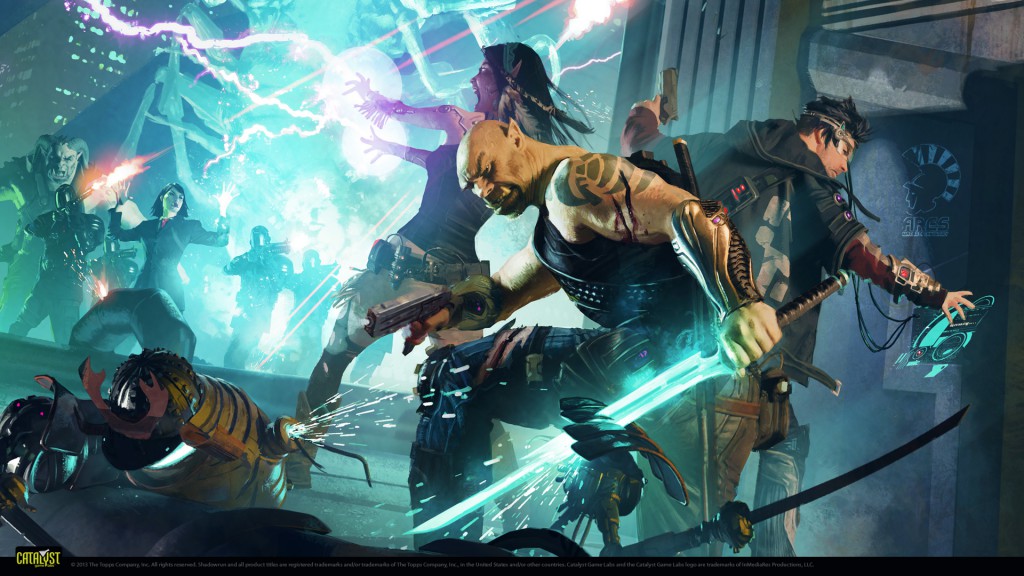A little while back, I mentioned the trouble our Shadowrun crew was getting into. Here’s how it went:
Erase Police Records
Through sheer blind luck, I managed to roll my way out of getting arrested by the police, and got hired by them instead. (I still got the data I wanted too, but we ended up not using it. Pity.) Turns out that being allowed (even paid) to walk in is a great way to make sure that certain records aren’t there when you leave. This was done largely as a favor to the Prodigies, the NPCs that Tam is writing about.

Protect Shipment
As a side benefit to the above, we managed to get to the docks a little early, arriving in time to set up an ambush. Turns out they weren’t quite prepared to deal with a jet and a ninja. This one went way, way better than expected, as we managed to keep the gangs from running off with the shipment and making enough noise that the police showed up in large numbers, just as we were leaving…
Break Into Mansion
…which meant that there was no police detail at the mansion when we arrived. This is really what we came to Boston for in the first place: our investigations led to us looking for data on Project Alchera, and this was allegedly where it was located. As expected, we ran into quite possibly the most hated shadowrunner team in Boston, as we knew they’d been keeping tabs on us. Turns out the Prodigies had a grudge too, and Alice managed to wreck the place with a rather large fireball (at some cost to her own well-being). We did manage to clean up the entire opposing shadowrunner team, which means we’re leaving the Boston scene a little nicer than we found it. After some additional nonsense involving cutting communications and thinking we were just going to get the data and get out, we ran into Alchera II.

Alchera II turned out to be a very cybered-up woman. She was in a tank and appeared unconscious, so our initial thought was to save her. Then she woke up, and everything went to hell. Lashing out with very odd powers, she blew up electronic devices in her immediate vicinity, while also attacking everything available on the Matrix, which included the technomancer of the Prodigies, Nick. Her downfall was her arrogance: she tried to do too many things at once and ended up taking counterattacks both in the matrix and her physical body. An EMP accompanied her death, so we may not have gotten all of the data, but we got enough to work from. Among other things, we found out that there were 8 more of these things.
Get the Magic Box
Unfortunately, we had to leave the formerly burning, soaking wet building in kind of a hurry, as our jet was being shot at on the way out. We’re currently lying low (or as low as it’s possible to get in a VTOL), so we’ll have to take care of this last job while on the road. There’s also the matter of getting paid for the jobs we did do…








